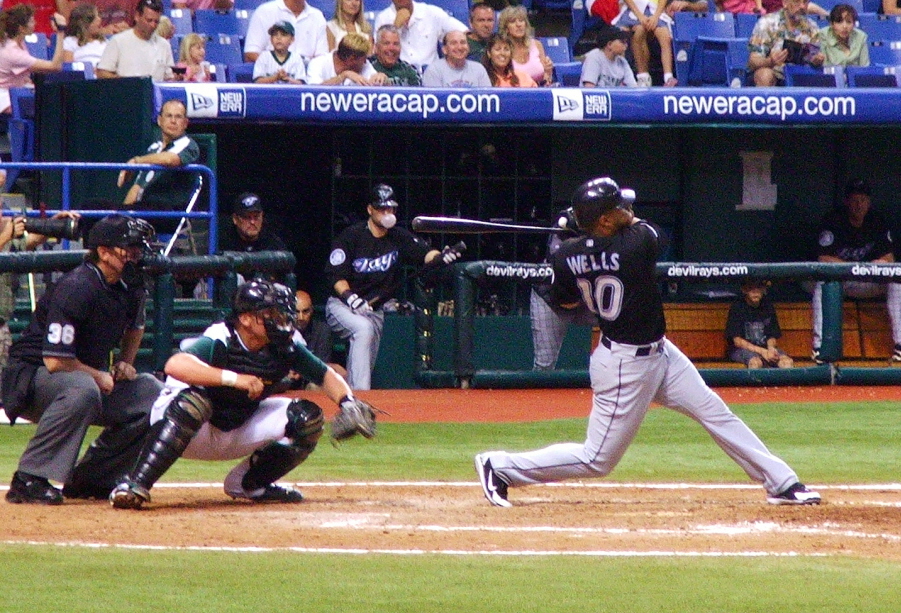- The 2011 Mariners connections post was the first of 2012 and easily the most popular. It got linked to on Uni-Watch, of all places.
- Allen Schliebe started writing pieces for the Musings this year. His first post compared NFL commissioner Roger Goodell to Bud Selig.
- I had too much obscure fun placing price tags on non-roster invitees.
- The Musings did not predict King Felix's perfect game, but went on the record predicting he would be fine when many were worried about his velocity in April.
- The Musings did a few podcasts this year (you can subscribe on iTunes!) The second one featured reviews of a couple books the Musings got advanced copies of, a first for the blog.
- Prediction time came again with Albert Pujols's slow start. The Musings expected a bounce back to a degree, a forecast that looked quite good as the season progressed.
- There was the usual MLB draft coverage, starting with the top 31 list for 2012.
- Allen did a mid-season review of M's hitters and pitchers. The pitching one unleashed my personal favorite analogy on the Musings this year. Hint: it involved a former non-roster invitee and a gluten-filled baking staple.
- The Ichiro trade post got the most comments of any post this year.
- I unearthed some interesting historical information on triple crowns. They got romanticized in the baseball media this year if you ask me.
- I put the theory that former Mariners perform better than former players of other teams to the test, and for at least a few playoff series, the theory was totally verified.
Yes, 2012 was a good year at the Musings. Cheers to 2013!






.png)
